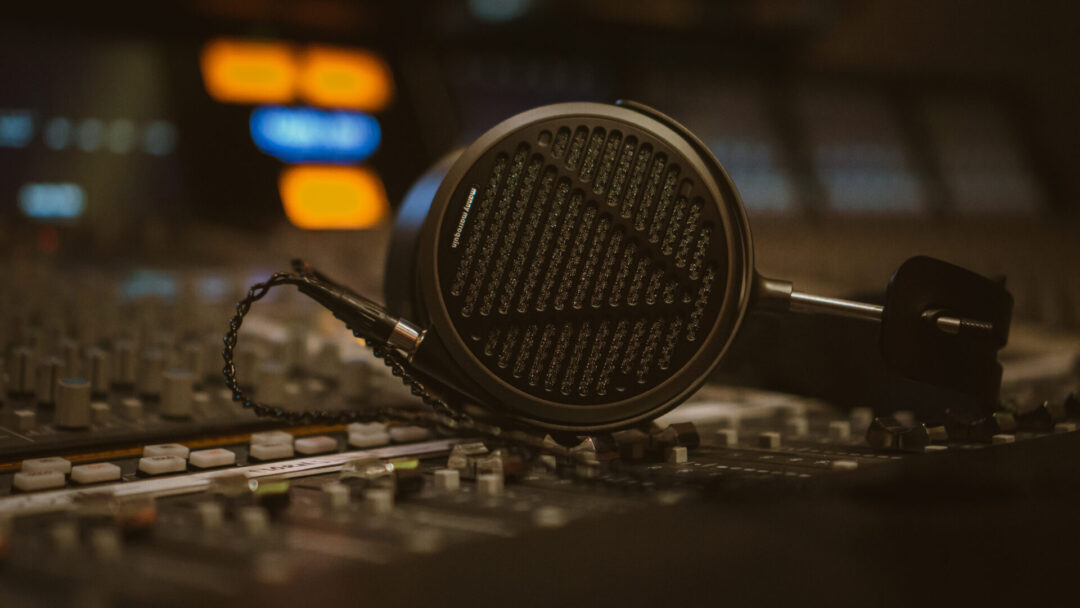We hear it over and over again: a pair of high-end speakers or headphones are designed to give the listener as pure and unaffected a musical experience as possible, so that it feels as if the musicians are standing in the room playing for you, and only you.
Almost every hi-fi equipment manufacturer makes this claim. But every product sounds different. Not neutral at all. In fact, the vast majority of speakers and headphones for hi-fi use a frequency response with a so-called v-shape. In other words, the bass and treble are somewhat amplified compared to the midrange. A kind of make-up of the truth.
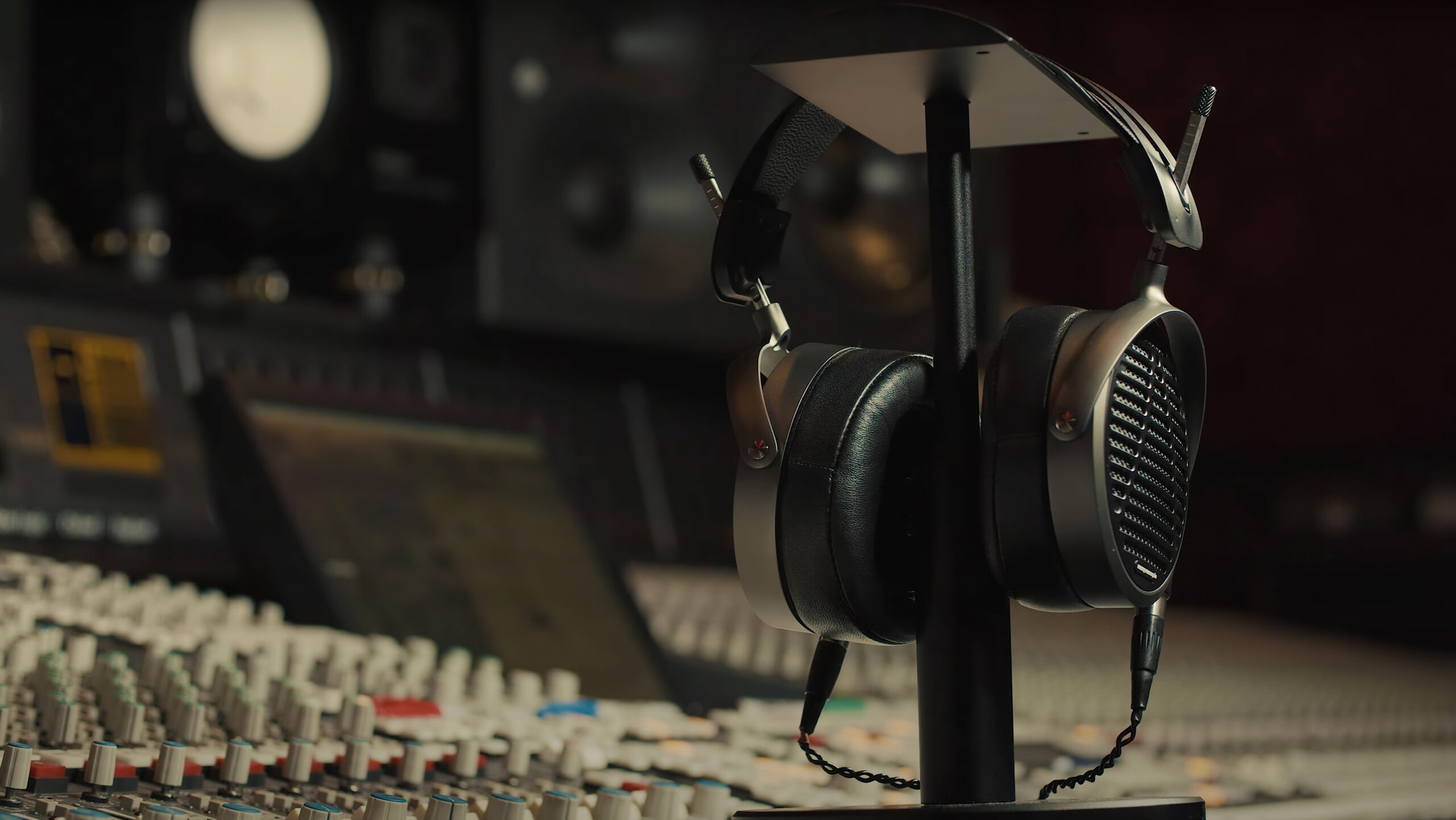
Study equipment should sound neutral
If you’re a studio technician, on the other hand, you need a neutral tool that shows you exactly what’s in the mix. No less, and certainly no more. Don’t use tricks to bring out details that shouldn’t be there; doing so will only cause confusion.
However, there are also big differences between studio equipment. Often the frequency response is more linear and neutral, but that doesn’t mean that the product retains dynamics equally well across the frequency range, is free of distortion, or avoids going into compression on the most violent transients. There’s also a difference in how deep bass you get.
Studio products, also for listening to music
Top-of-the-range studio products have such a sufficient capacity for detail, timing and resolution that they are not just a tool for engineers. They also draw “ordinary” listeners into a magical world of music where you feel like you’re in the recording studio with the musician. And with a midrange that brings out vocals and instrumental textures in a completely different way than most other hi-fi products can. I have had such experiences with several studio products, most recently with the Genelec 8361A monitors. And once you get used to this way of getting the music served, most other things simply sound wrong.

Audeze MM500 – by engineers, for engineers
In developing their first dedicated studio headphones, American company Audeze turned to Manny Marroquin from Larrabee Studios in Los Angeles. Hence the letters MM in the product name. He has produced the sound for celebrities such as Beyonce, Lady Gaga, Rihanna, SIA, Eminem, Taylor Swift and Alicia Keys, and the list goes on almost endlessly.
For Manny, “world-class sound quality” is essential. A reliable sound that reveals everything in a well-made mix, in a pair of headphones that can also be used on the go without an amplifier when needed. You should be able to hear music in its purest form, exactly when you need it, anytime, anywhere.
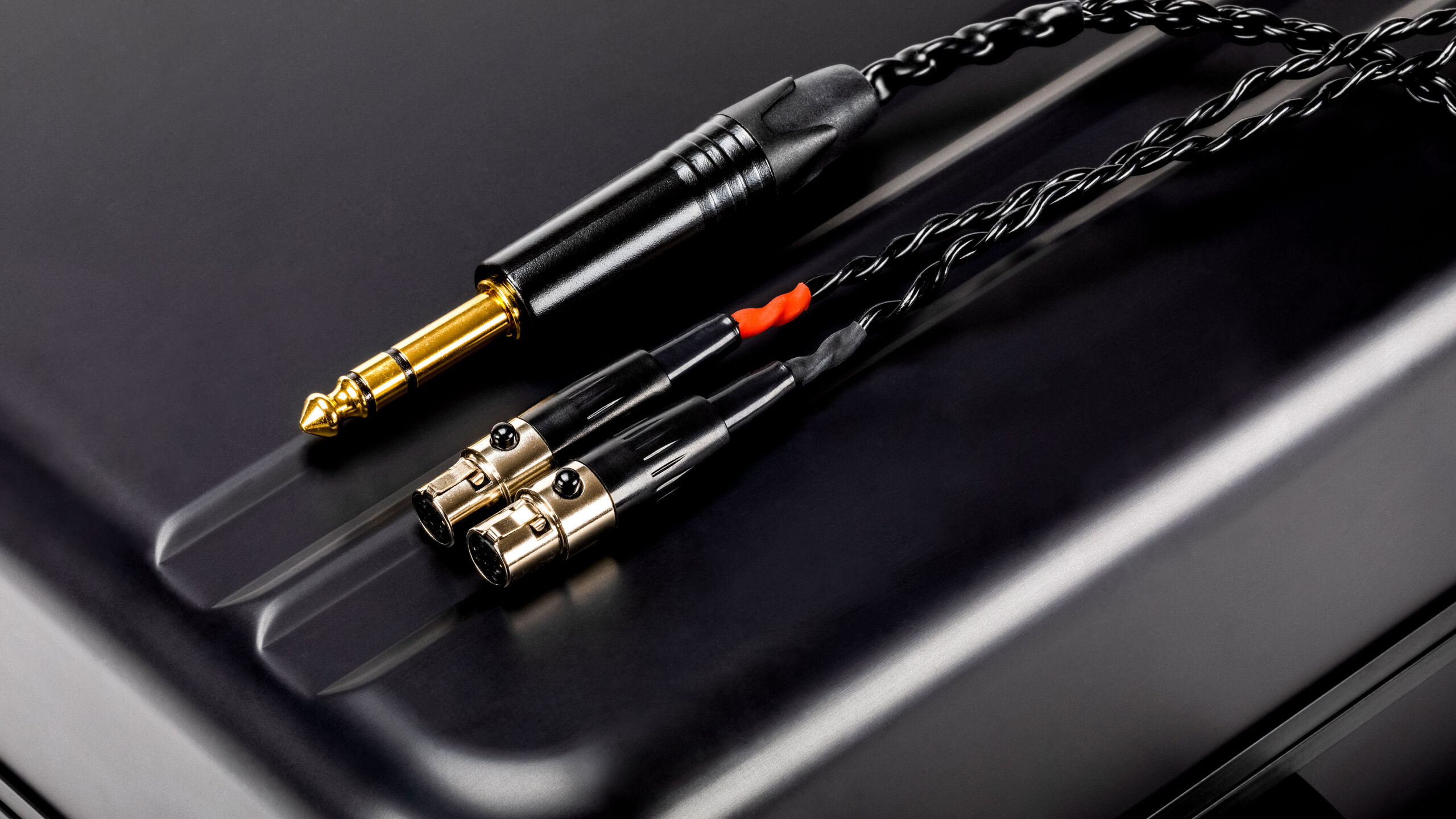
Photo: Audeze
Comfort also becomes an important factor. The headphones must be able to be used for very long periods of time. My own experience from the studio is that you can quickly sit and listen and work much longer than your allotted eight hours minus lunch break. And then you need open headphones, like the MM-500. Closed ones get too clammy over time, and open headphones usually sound best.
Note, however, that open headphones should not be used by musicians during studio recordings, as the microphones will pick up crosstalk from the headphones. No, this model is intended for mixing.
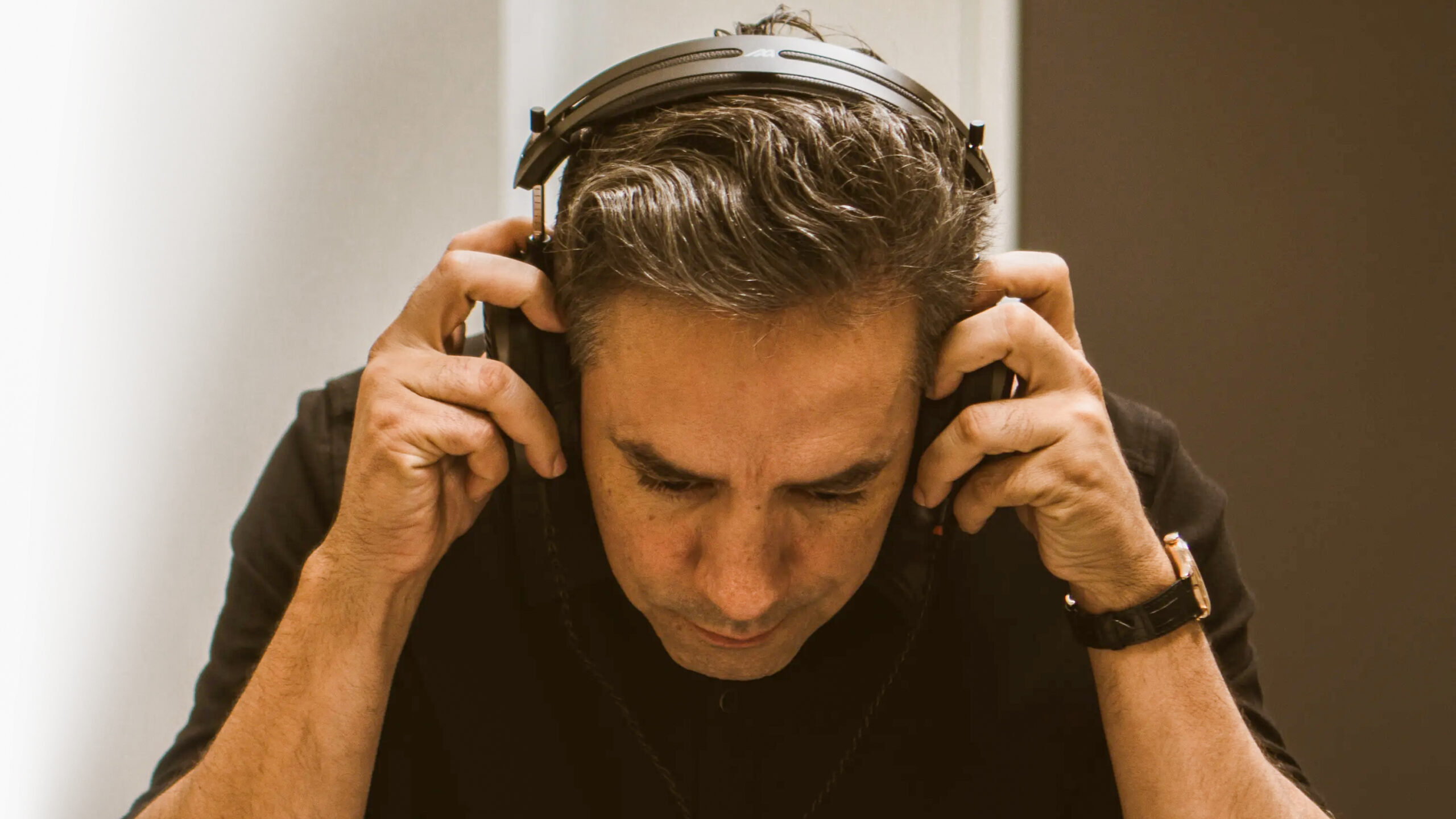
Grammy award from the hotel room
Manny Marroquin himself claims that the open MM-500 delivers on all counts. So much so that he was able to finish mixing what would become a Grammy-winning album from his hotel room in the Bahamas.
– We were at a wedding in the Bahamas. I was finalising DJ Khaled’s album Father of Asahd. The album was already mixed, but then we made some big changes at the last minute. One of them was adding rapper Nipsey Hussle to a song. I had to finish the mix in my hotel room in the Bahamas with a pair of headphones. I wouldn’t normally have had the confidence to do that. But the MM-500 delivers.
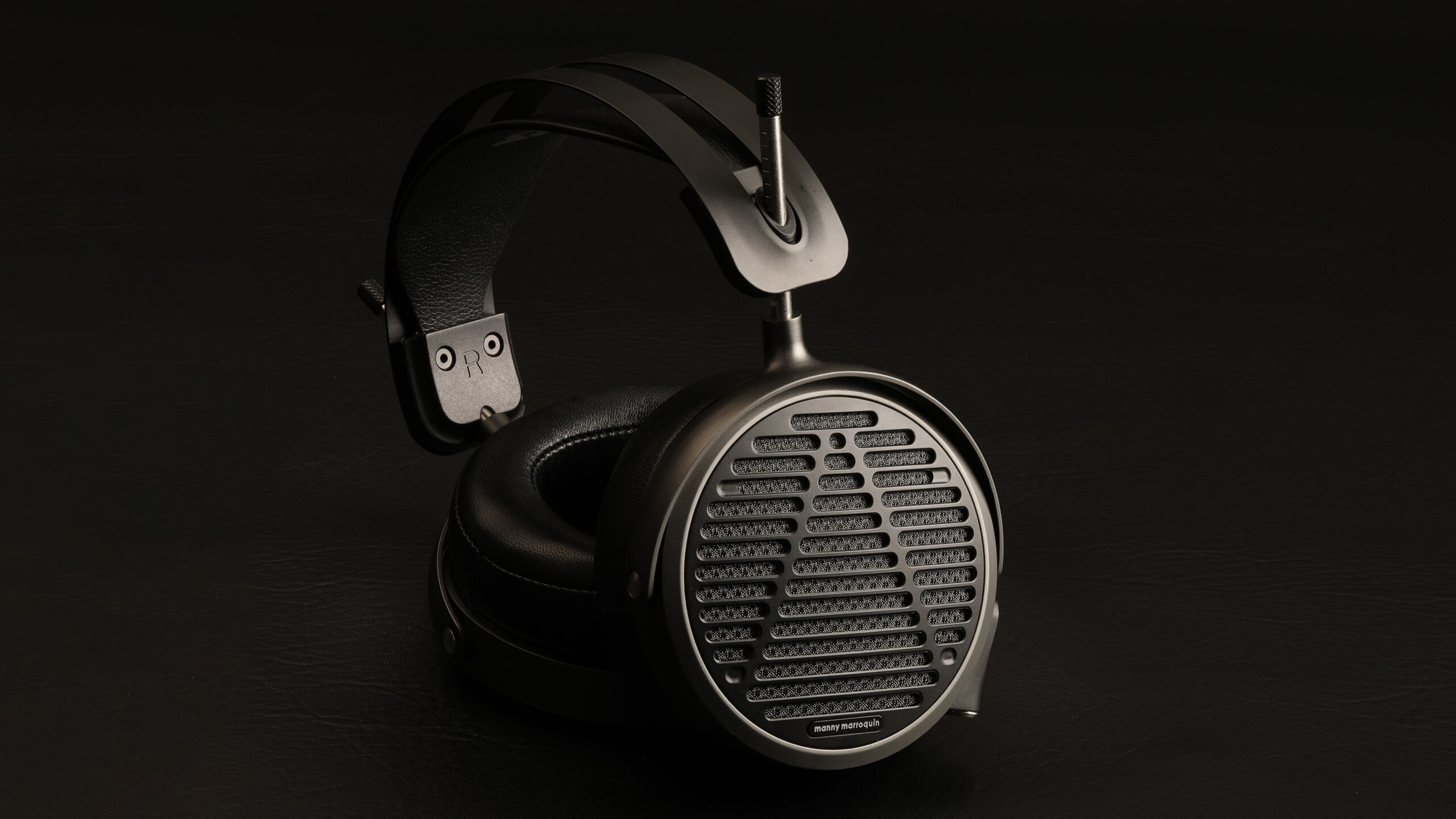
Planar magnets
Audeze swears by planar magnetic headphones, and the MM-500 is no exception. The structure is very similar to the flagship LCD-5, with large 90 millimetre drivers. But the finish is a little more raw, with gunmetal grey details, where the LCD-5 uses glossy lacquered wood. The ear cup cushions are also thicker on the MM-500, which is also somewhat heavier. But the resemblance is unmistakable.
Planar magnetic headphones use a thin foil suspended between two magnets, where the foil vibrates with the electrical signal, producing sound. They are faster and lighter than dynamic drivers, but as they have a much shorter diaphragm travel, they need a correspondingly larger diaphragm area to produce bass energy. Therefore, planar magnetic headphones are often much larger than equivalent dynamic headphones.
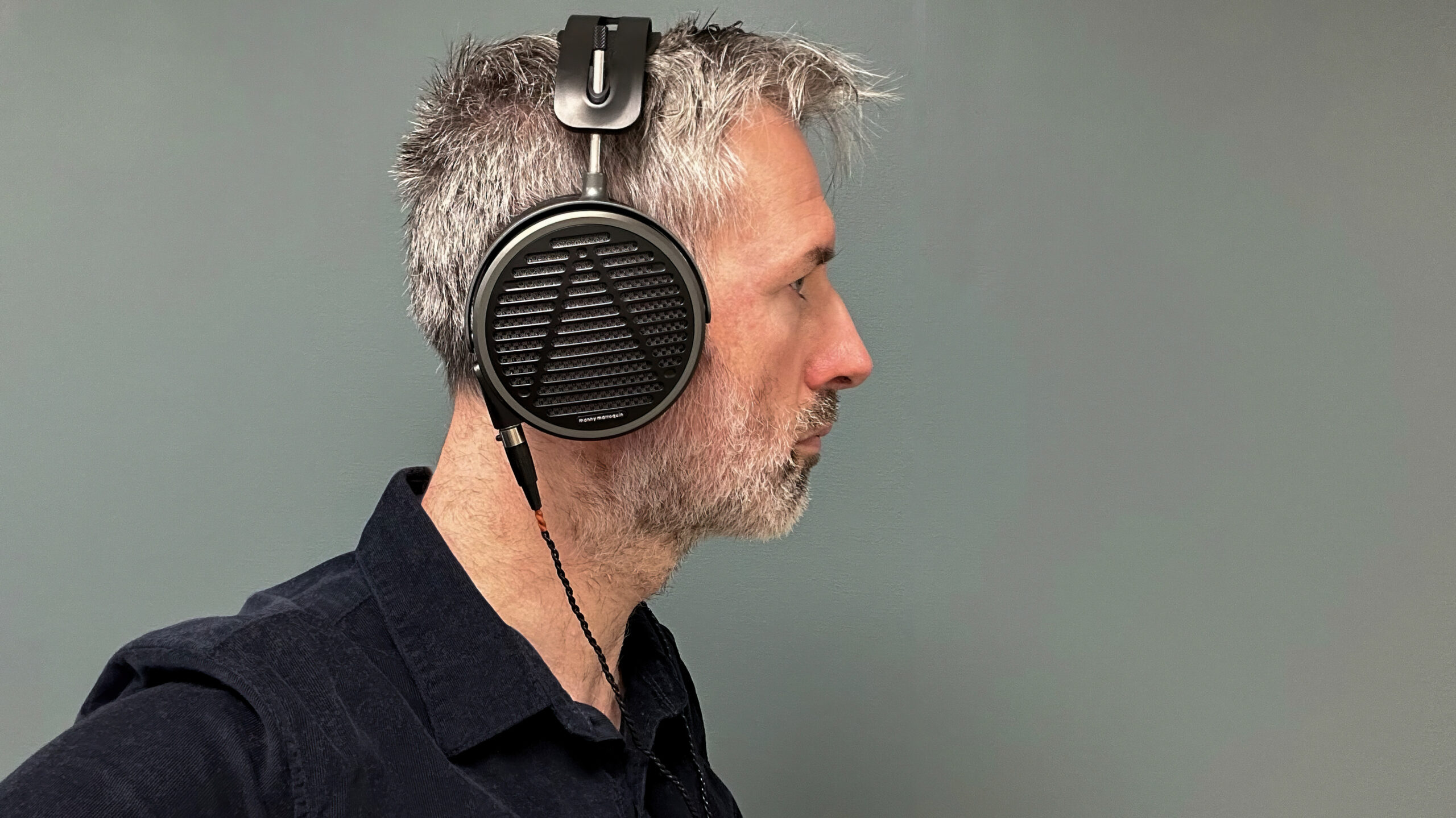
Compact but heavy
However, the MM-500s are more compact than many others, such as the HiFiMAN Arya. That’s because the diaphragm extends all the way to the edge of the ear cups. The outer circumference is actually the same as the LCD-5, but with thicker lining to make them fit softer around the ears, they still look somewhat larger.
When Audeze talks about comfort, weight is clearly not their main concern. It’s not uncommon for a pair of their headphones to weigh over half a kilo, and some can reach up to 700 grams. The MM-500 weighs 495 grams, which is significant. But Audeze also has managed to distribute this weight so evenly on the head that you don’t feel it as much as you might think.
Good comfort
The MM-500 has soft cushions on the ear cups, but they sit firmly on the head. The headband ensures that the weight is evenly distributed between the top and sides of the head. If I were to complain about anything, it would be that they might fit just tight enough, but I’m still not bothered. Even after a couple of hours of music in my ears. With or without glasses makes no difference because the ear cushions are so thick.
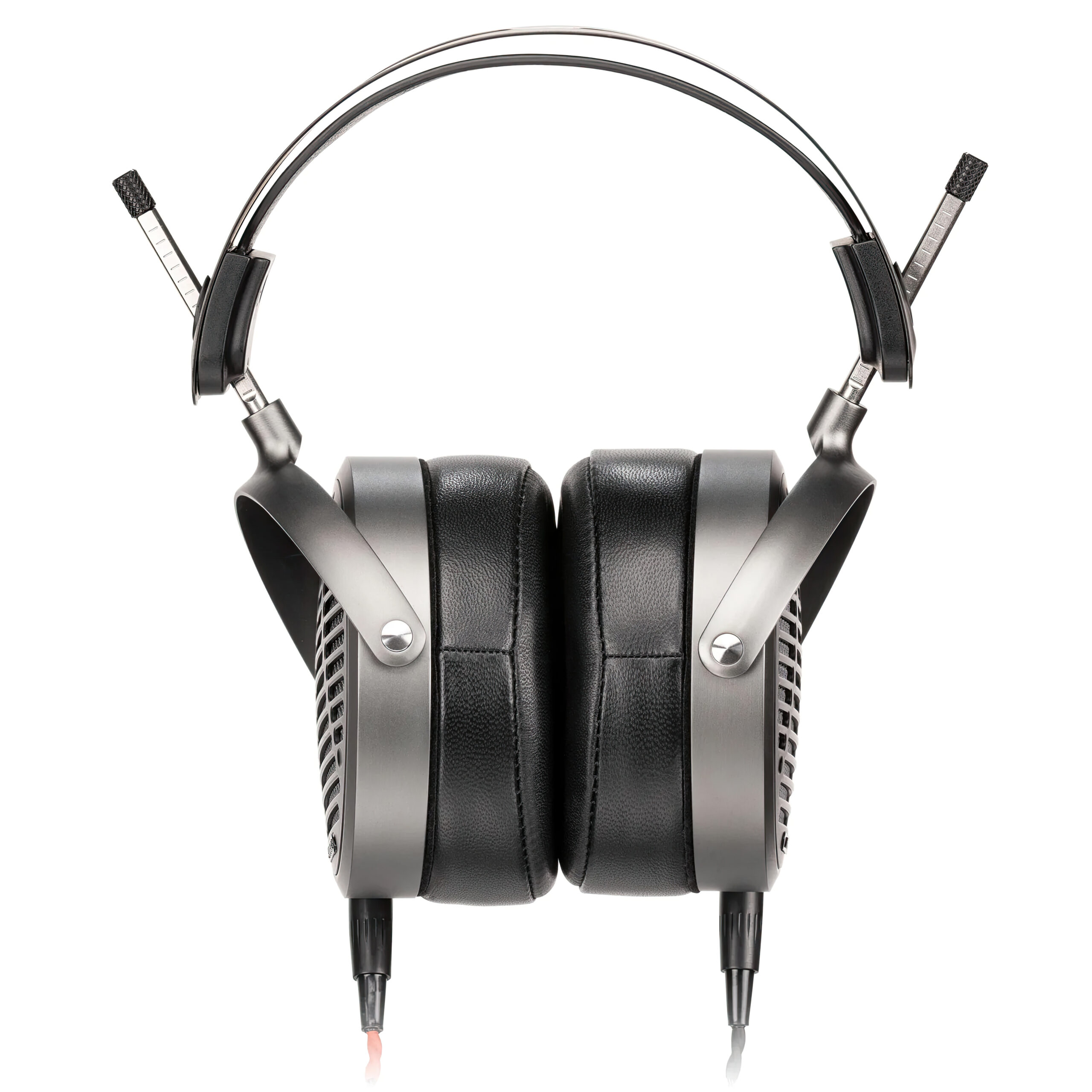
Sufficiently high sensitivity
Audeze emphasises the importance of being able to plug the headphones directly into the headphone output of whatever equipment you have on hand. And the MM-500 works perfectly straight from the output jack on my MacBook Pro, and indeed also from the iPhone with Apple’s headphone adapter. In this price range, these should be seen as makeshift solutions, because even though it’s loud enough, the sound impression is not as controlled and dynamic as with a proper amplifier. But it’s still an important detail that it works, because it means you can actually work on the go, even if all you have at hand is a laptop without an external sound card. Just remember to bring a adaptor plug to make the large 6.3mm jack fit into a small output.
When it comes to sensitivity, the MM-500 is easier to drive than its big brother LCD-5, while there’s still some distance to the more affordable LCD-X, and also the Sennheiser HD 800 S, which despite a high impedance of 300 ohms, and on paper only moderately higher sensitivity than the MM-500 (102 dB), is able to play significantly louder with the same amplifier power. The HiFiMAN Arya also gets more out of less power than the MM-500. But the MM-500 are, as I said, sufficiently sensitive.
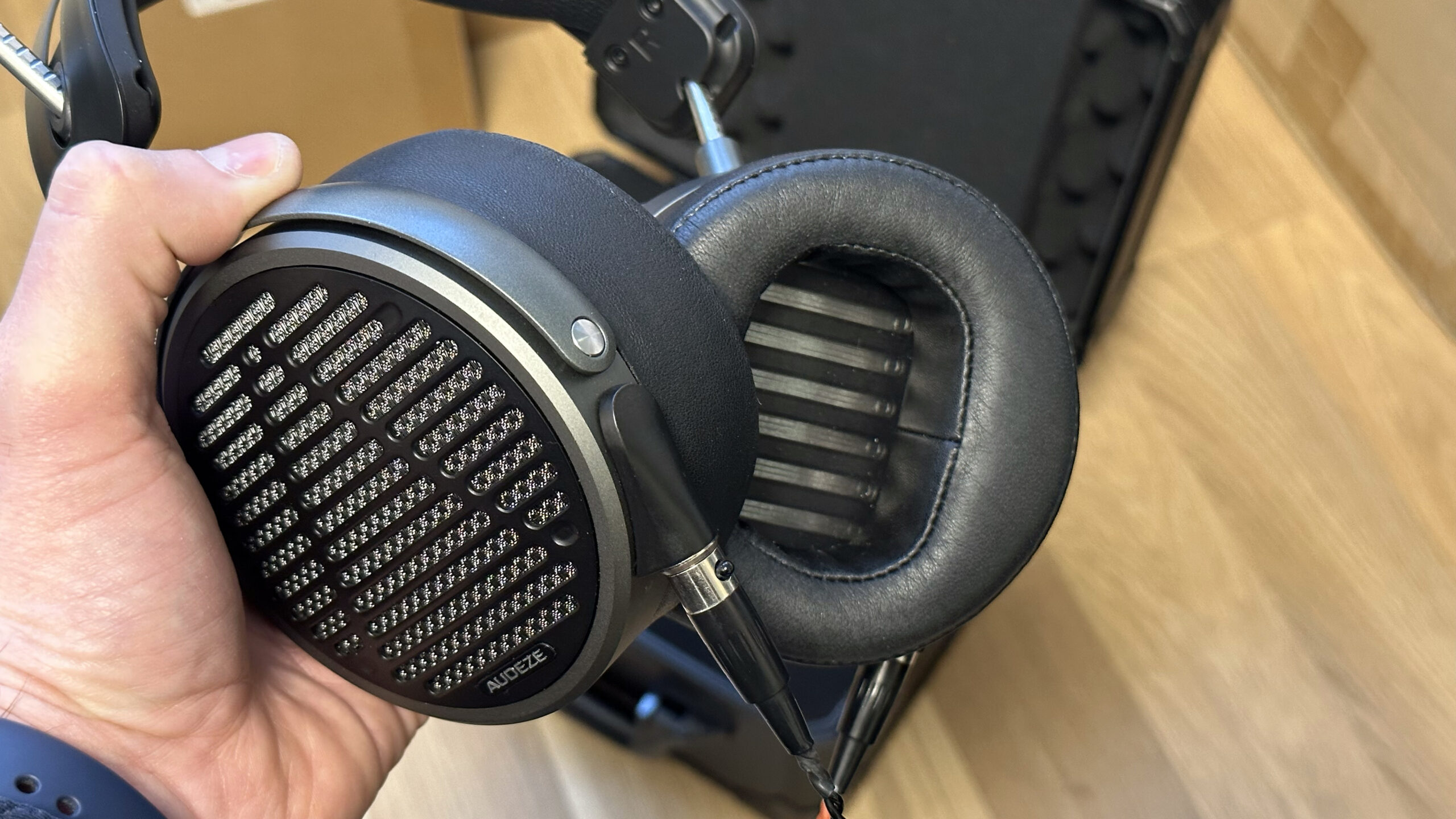
The sound of the Audeze MM-500
I have tested the headphones both with regular music, but also with my own music that I have mixed myself. The amplifiers used have been Auralic Taurus, Burson Soloist 3X GT and Sennheiser HDV 820.
Listening to music through the MM-500 is like removing a veil from the music. Everything is super clear and the midrange focus is in a higher class than almost anything else I’ve heard. Compared to the HiFiMAN Arya, the latter has a thinner midrange, which makes voices leaner, and the sound of the guitar body is not as present. The Arya has a lot of air at the top and a nice bass, but it lacks midrange fullness.
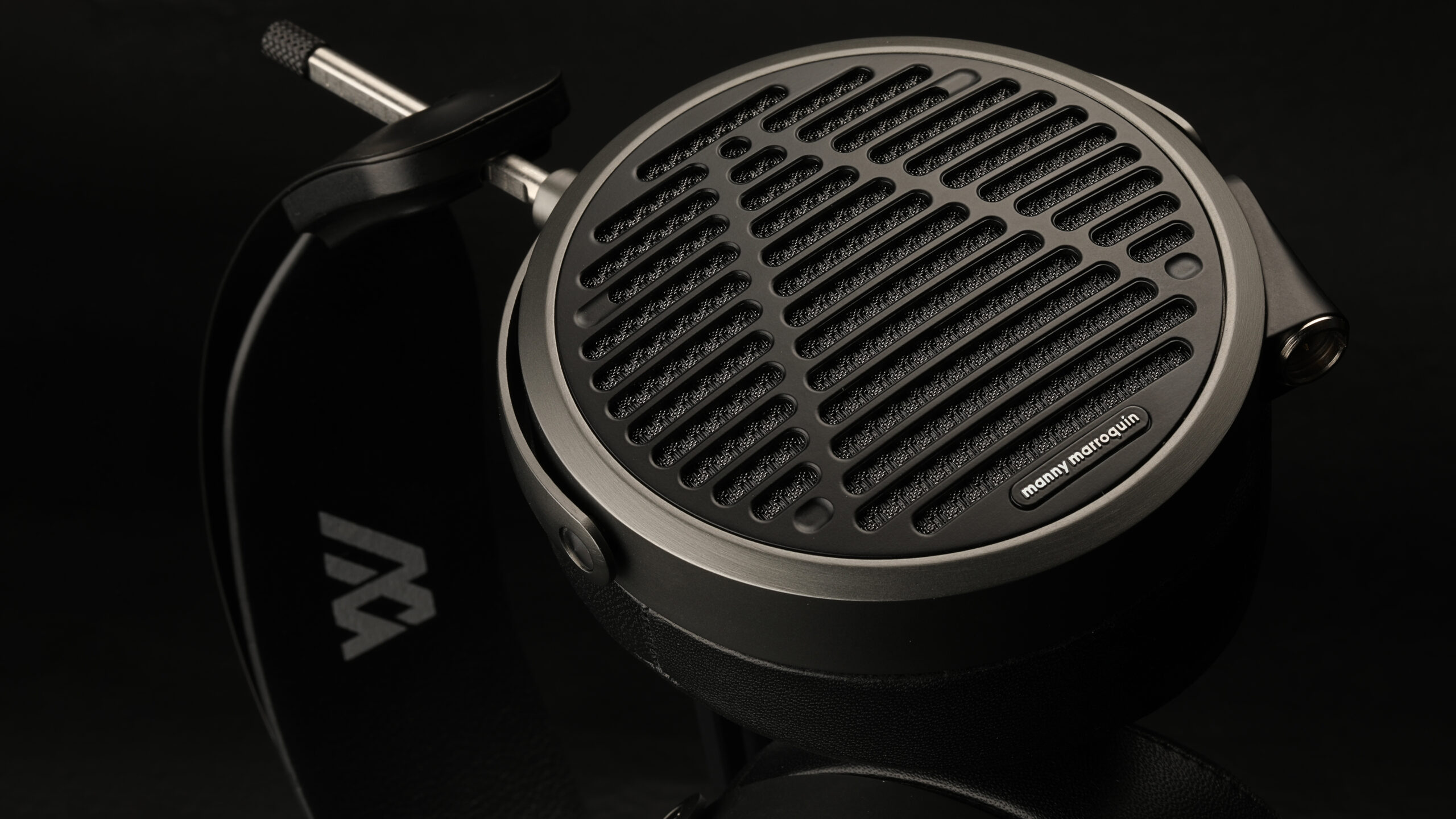
MM-500 also has significantly more rhythmic attack. But where the LCD-X also has this, it is grittier in the overtones and can appear a little harsh in the midrange. The MM-500 does not.
Lola Marsh’s voice on Chasing Storms has hardly ever been as clear as it is here. Well, maybe with the LCD-5, but the MM-500 actually has more energy in the bass range, and even though the LCD-5 has more micro details in the overtones, the MM-500 has some advantages that will probably make some people choose it over the aforementioned. Not least, it’s less than half the price!
Billie Eilish’s guitar on the ballad The 3rd sounds very realistic, and the piano under the hands of Iyad Sughayer in duet with violinist Esther Abrami on their lovely rendition of Swan Lake sounds so big, powerful and close to reality that I wish the piece would never end. The violins also have a wonderful warmth, and there’s also a much larger space here than I’m used to from planar magnets. We are perhaps starting to approach the soundstage of the Sennheiser HD 800 S in size, while the MM-500 has a greater glow over the soundstage, while the HD 800 S is more clinical in sound.
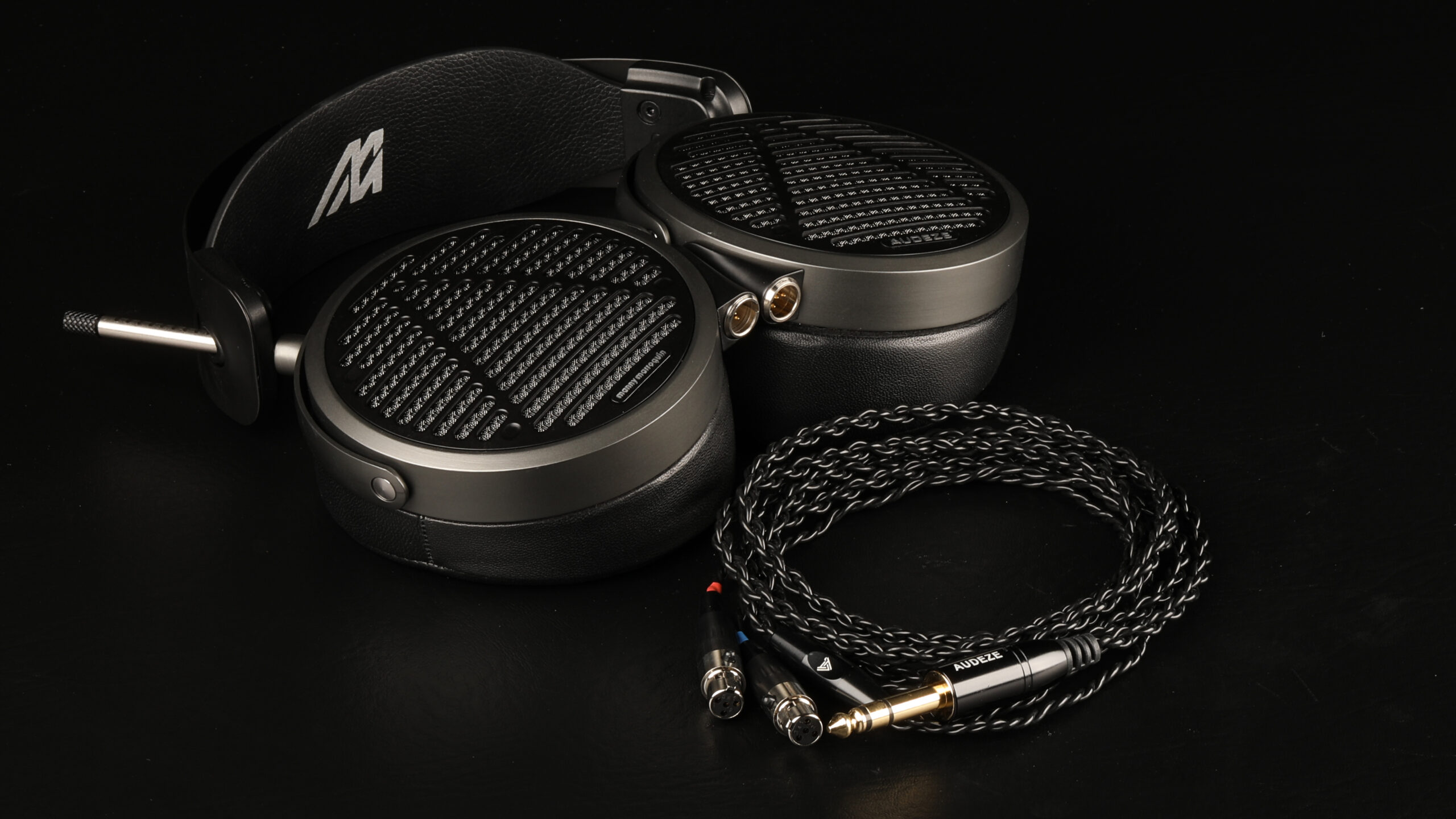
My own music
I’ve been involved in both mixing and mastering myself, and when I go back and listen to previous recordings I’ve been involved in, the MM-500 presents the music exactly as it should sound. Just as we mixed it in the studio. Although, to get control of a slightly too hard-hitting bass drum we made in some mixes, it takes more than a Macbook Pro and its headphone output. With the Burson Conductor 3X GT, the control is really strong, and while we might have had more fun in the studio with the Genelec 8260A cranked up to 11, the headphones sound real and honest. And they deliver the goods at both low and high volumes.
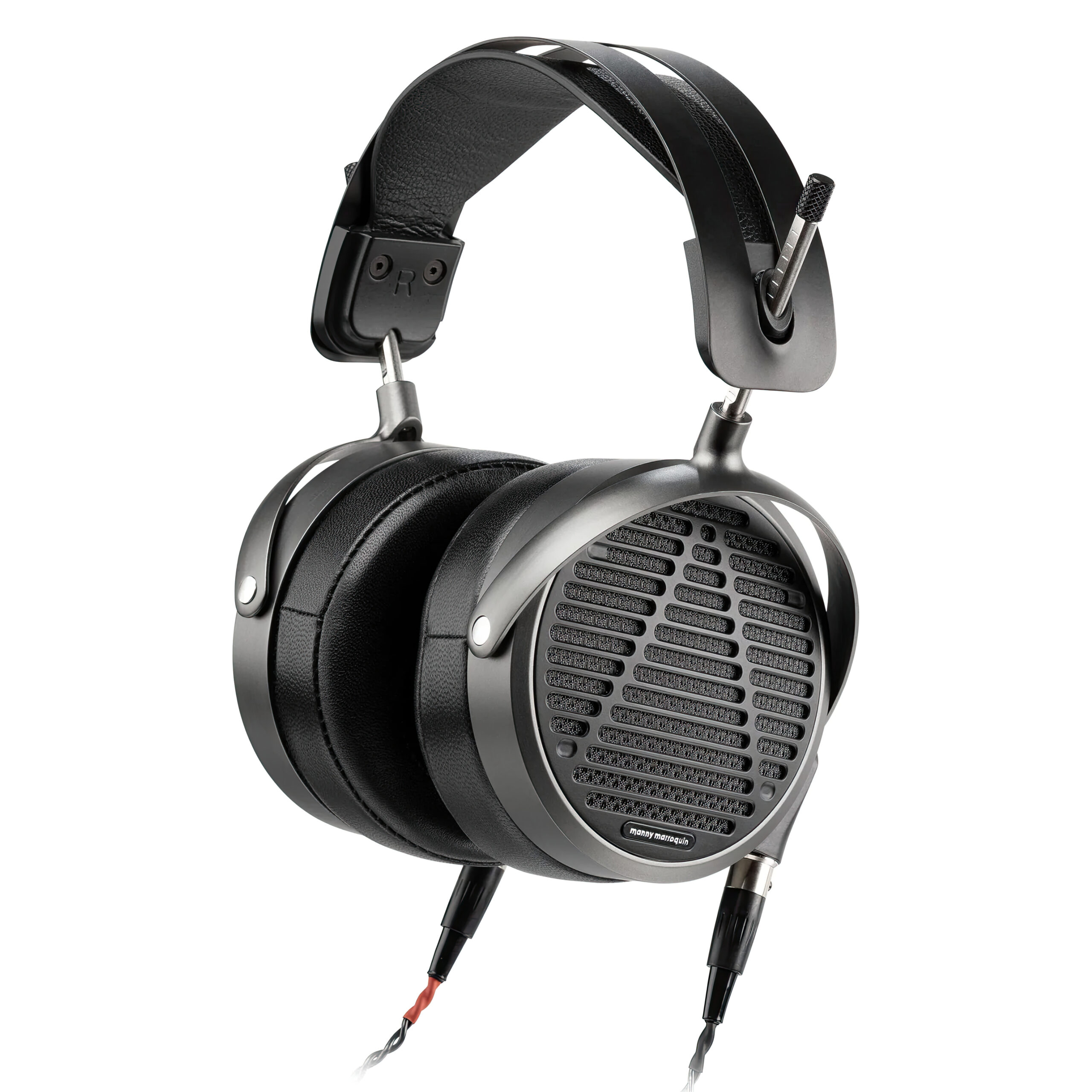
Conclusion
The Audeze MM-500 are the manufacturer’s first pure studio headphones. But if you thought that meant you shouldn’t use them just to enjoy good music at home, think again. Just because they sound neutral doesn’t mean they sound boring. Quite the contrary.
The midrange is what you notice first; it’s big and present, with exemplary dynamics. Voices and instruments really stand out. But what impresses most of all is the whole. The neutral sound, with a dynamism and glow that more hi-fi manufacturers should aspire to. Here you get the truth, unvarnished. The downside, of course, is that not all recordings sound great to begin with, and since the headphones are made to reveal every detail, you’ll hear that too. But good recordings give so much more when you get the full soundstage.
The headphones are comfortable enough to wear for hours on end, and they’re so easy to power that they can also be used with relatively inexpensive equipment – as a stopgap. Because as with anything of quality, it’s with a proper amplifier and a good DAC that these headphones really flourish.
Must be experienced!

We think
Detail level and transients are in a class of their own! The sound character is neutral for studio use, but otherwise fantastically engaging to listen to! The heavy weight is nicely distributed. Not super-easy to drive; you don't buy these without having a high-quality amplifier as well. And they can be a little too tight around the ears.
1999 €
Specifications
- Type: Open, over ear
- Principle: Planar magnetic
- Foldable: No
- Cable: 6.3mm unbalanced (1.9m)
- Driver: 90 mm
- Impedance / sensitivity: 18 ohms / 100 dB/mW
- Weight: 495 grams (without cable)
- Colour: Black with metallic grey details
- Web: audeze.com
